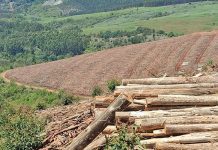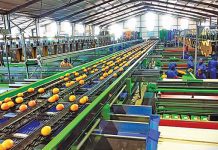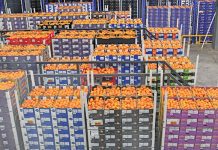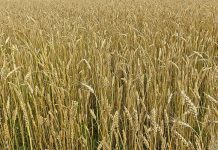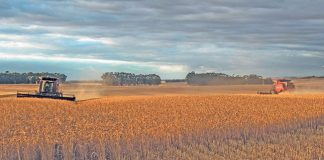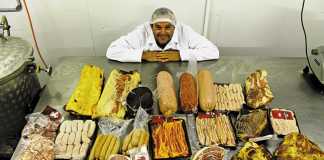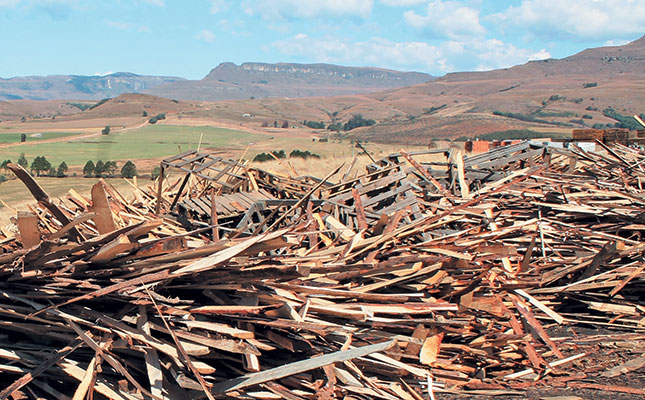
In an increasingly paperless world, conventional commercial forestry products such as pulp and paper are continuing to lose market share and value around the globe. This is threatening the economic sustainability of both the forestry and pulp and paper sectors, thereby putting many thousands of jobs at risk.
The recovery of timber from forestry plantations in South Africa is only 47%, compared with the world average of 60%. The country’s forestry sector is thus substantially less efficient than many of its global counterparts.
However, Dr Bruce Sithole, director of the Forest and Forest Products Research Centre in KwaZulu-Natal, says that the 53% unrecovered timber and wood waste provides the industry with an opportunity for developing and implementing biorefinery technologies that can add value to the sector’s waste.
“Even the most efficient forestry and pulp and paper industries in the world generate waste than can potentially be utilised,” Sithole says.
Biorefinery centre
In 2014, the Department of Science and Technology provided the Council for Scientific and Industrial Research (CSIR) funding to establish a Biorefinery Centre at the CSIR’s premises in Durban. The centre’s primary goal is to develop technologies that can reposition the forestry and pulp and paper industries for sustainable growth through adding value to these industries’ waste products.
A biorefinery’s processes are similar to processes in conventional, but increasingly unpopular, crude oil refineries. Both types of refinery can simultaneously produce fuels and chemical materials from the source product. A biorefinery, however, does so on a sustainable, significantly more environmentally-friendly basis, given the renewable nature of the biomass it processes.
“Biorefineries can also be attached to, or situated close to, existing forest product processing facilities such as sawmills and pulp and paper factories,” explains Sithole. “Waste coming out of these facilities can immediately be diverted to the biorefinery and processed into beneficial, value-added products.
“Our pilot biorefinery is intended as a role model for existing forestry businesses, and for entrepreneurs who want to take advantage of the technology.”
Biomass waste products
Waste biomass from sawmills includes tree bark, sawdust, and wood shavings. From pulp and paper mills, this waste commonly consists of sludge and effluents. Unfortunately, much of it is currently disposed of in landfill sites, burned, or pumped out to sea.
These methods are unsustainable as they harm the environment, and government is expected to ban landfilling within a few years.
However, Sithole stresses that waste from these industries also contains highly valuable materials that should not be discarded. Bark, sawdust and wood shavings from sawmills can be used to produce speciality chemicals and particle board composites, and as fuel for electricity cogeneration.
Speciality chemicals from bark include binders and glues. From sawdust, they include xylitol, terpenes, cleaning agents and paint thinners. Sawdust can also be used to produce nanocrystalline cellulose (NCC) fibres.
“The non-nutritive food sweetener, xylitol, can be manufactured from sawdust and can also be converted into another non-nutritive food sweetener, xylose. Xylitol currently sells on shop shelves for around R150/kg, and demand for it is continually growing. This is just one of the high-value opportunities presented to the forestry industry by biorefinery technologies,” he says.
Sithole adds that there are currently no pine oil manufacturers in South Africa, and only one local company imports the product. A 20t shipment arrives every three weeks, and is sold wholesale for R40/kg to R60/ kg. Retailers currently sell pine oil for about R33/300g.
South Africa, he argues, should be using biorefinery technologies to produce its own pine oil from sawdust, so that it can reap the financial benefits thereof.
The bark of softwood plantation trees can also be used to manufacture important medicines. For example, the lipophilic compounds in the bark can be used to produce sitosterol and sitostanol, active ingredients in pharmaceuticals used for controlling high cholesterol.
The sludge and effluents from pulp and paper factories can be converted into pellets that can be burned for heat and electricity cogeneration. Sludge and effluents can also be used to produce speciality chemicals similar to those produced from bark and sawdust, or can be processed into renewable bio-oil, fuel, building products and NCC.
“The conjugated linoleic acids derived from pulp and paper waste contain various antioxidant and antitumor properties that are beneficial to human health. These acids are also marketed as dietary supplements,” Sithole says.
NCC can be converted into solid flakes, liquid and gel forms. Key features of NCC are tensile strength exceeding that of stainless steel, an electro-magnetic response, and a large relative surface area. These features allow for the manufacture of new materials and products using nanotechnology. They include paints, varnishes, nanocomposites, cosmetics, pharmaceuticals, optical devices and printed films.
“NCC currently sells for around $1 000/kg [about R14 500/ kg],” says Sithole.
He adds that many of the technologies being developed to add value to waste are ideal for uptake by existing and potential small, medium and micro-sized enterprises. This could encourage entrepreneurship, create jobs and reduce negative affects on the environment.
“If the biorefining of waste products is done correctly, the utilisation yield from South Africa’s forestry plantations can be increased to 90% or more. This will also increase sustainable economic returns from these plantations,” he says.
Email Dr Bruce Sithole at [email protected]. This presentation was given at a seminar hosted by the Institute for Commercial Forestry Research in Pietermaritzburg, on 14 October.


